Sindhi Ajrak is a traditional and customary textile art originating from Sindh, Pakistan. It holds cultural value among the Sindhi people and is known for its complex patterns, vivid colors, and special dyeing techniques. Basic information about Sindhi Ajrak is written as bellowed:
History and Beginning:
The history of Sindhi Ajrak can be traced lower back thousands of years to the historic civilization of the Indus Valley. Similar printing and dyeing techniques were found in the ruins of Moen-jo-Daro and in other ancient footprints of old Sindh. Furthermore, the word “Ajrak” is derived from the Arabic word “Azrak,” that means blue, reflecting the chief coloration used in normal Ajrak designs. Ajrak since ages is a symbol of tradition and cultural heritage that has been passed through generations to generations.
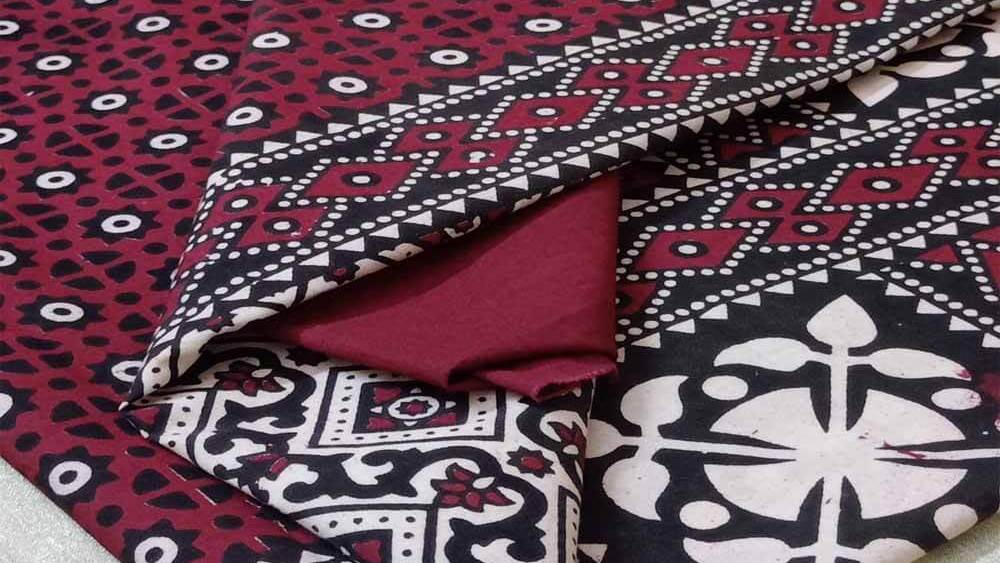
Cultural Importance of Ajrak:
Ajrak holds deep cultural status among Sindh and Sindhis. Considered as an emblem of pride, and hospitality. It is a quintessential part of Sindhi culture and is intensely rooted in a range of components of day by day life, from rituals and ceremonies. Moreover, It is frequently given as a gift on exceptional events including festivals, and other celebrations, signifying benevolence, and friendship. Additionally, it is also worn as a daily garment in particular throughout essential cultural and social events, further highlighting its cultural value.
Making and Techniques:
The manufacturing of Sindhi Ajrakh is a careful and labor-intensive process. It involves some tricky steps, together with washing, dyeing and printing. For that highly skilled artisans called as Ajrakhpars are involved, they use extraordinary skills passed from their ancestors in creating the specific patterns and designs. Natural dyes derived from plants, and minerals are used to obtain a well-off color palette, with indigo being an essential dye for the iconic color of Ajrakh.
Symbolism and Identity:
Ajrak is more than a piece of apparel. It is a representation of Sindhi heritage, and resilience. Its idea and design reflect the region’s culture, with patterns of nature, architecture, and cultural symbolism. Therefore, Ajrak is also a visual depiction of Sindhi subculture and pride. It connects boundaries and generations of Sindh round the globe to their roots.
Materials and Manufacture:
Primarily, Sindhi Ajrakh is made from regionally obtained materials, which consists of cotton or silk fabric with natural dyes. Making of Ajrakh involves copious steps, including washing, dyeing, and printing. Sometimes the steps are repeated to get desired results and to acquire the required hues and patterns.
Traditional Patterns of Sindhi Ajrak:
Sindhi Ajrakh is categorized by its symmetrical patterns, often proposing ornate motifs. Most of these designs are inspired by nature and traditional local. Common motifs include stars, flowers, leaves, and geometric shapes settled in balanced style.
Ajrak printing is an intricate technique to create its exclusive patterns and designs. Some of the principal printing types used in Ajrak production are given below:
1. Block Printing (Hand Block Printing):
It is the most normal and extensively used approach in Ajrak printing. Skilled artisans carve amazing designs onto timber blocks, recognized as “bunta,” with the help of chisels and other carving tools. These timber blocks are made into different floral motifs organized in symmetrical patterns. The blocks are immersed in herbal dyes and stamped onto the cloth by using hand. Each block is cautiously handled and stamped more than one times to cowl the whole fabric to form an exquisite rich Ajrak piece.
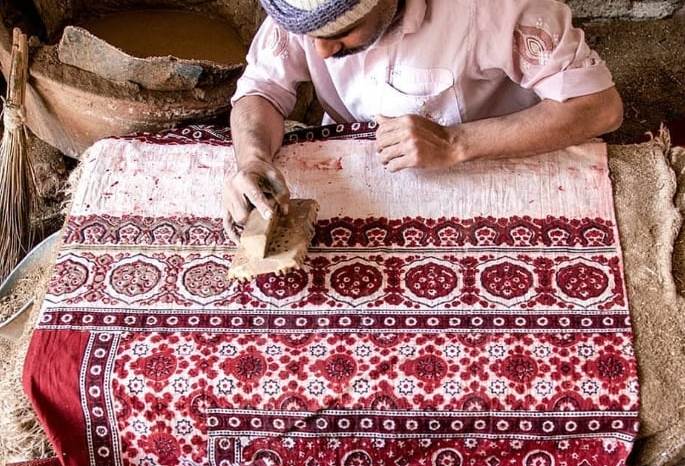
2. Resist Printing (Dabu Printing):
It is another famous method, also recognized as Dabu printing, used in Ajrak printing. In this printing, a paste of clay, gum, and resin is applied to the fabric in precise places through wooden blocks or stencils. The paste stop the dye from penetrating the fabric and creating a pattern. As the withstand paste dries, the cloth is dyed. After that, the resist paste is washed off, revealing the actual underneath pattern. This print in Ajrak results in contrasting designs and textures.
3. Screen Printing:
It is a less frequent method of printing than block and resist. However, screen printing is mainly used in Ajrak production, on massive scale or heavily produced pieces. In screen printing, a fine mesh display screen is used to transfer the layout onto the fabric. The screen is coated with a stencil of the wanted pattern, and ink is pressed through the screen onto the cloth using a squeegee. Screen printing allows particular designs, which is suitable for cutting-edge and commercial production.
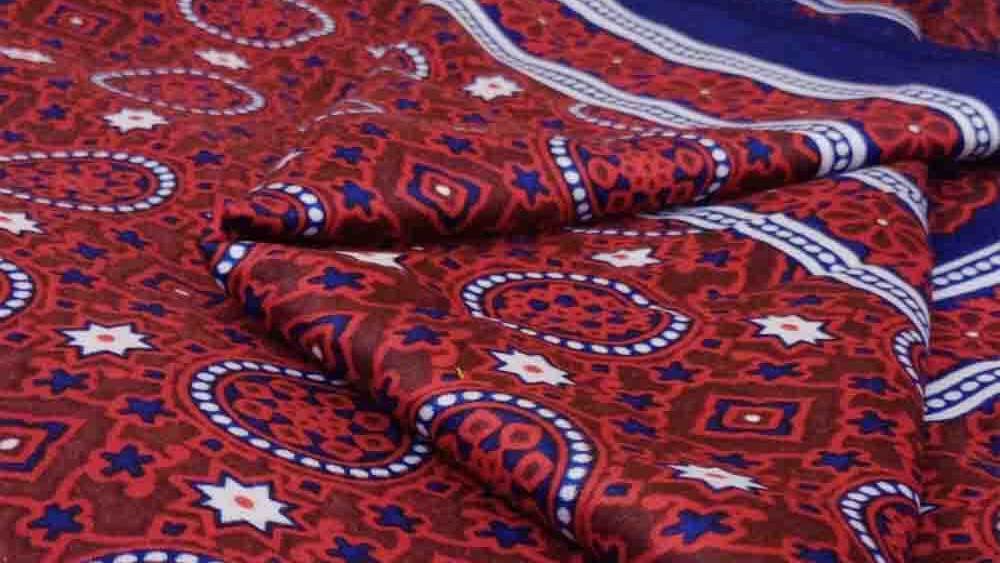
4. Hand Painting (Rangkat Printing):
Additionally regarded as rangkat printing, is a manual way to color or dye cloth using brushes or stamps. As a result, artisans paint designs directly onto the material surface, with layers of color and detail to create a vividly attractive Ajrak. Hand painting approves for higher inventive freedom and experimentation with color and design, ensuring special and customized Ajrak.
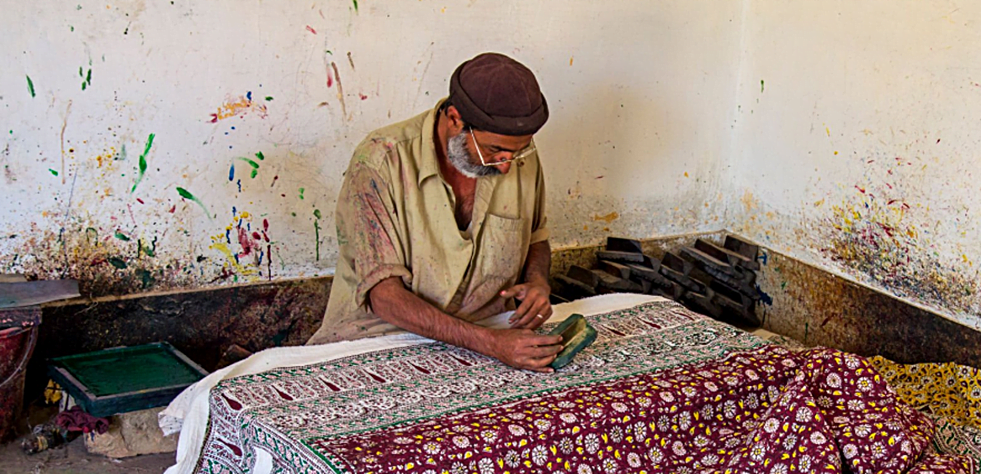
Natural Dyes:
Conventionally, Ajrak is dyed by natural substances obtained from plants, minerals, and insects. Mainly indigo is used to reap the deep blue color that is an attribute of Ajrak. Apart from that some other natural dyes such as root, pomegranate, and alum are mixed to obtain colorings such as red, black, and white.
Up-to-date Adaptations:
Ajrak continues to be produced using traditional techniques. Along with artisans and designers are making modern-day elucidations of the art. Which includes incorporating Ajrak patterns into contemporary fashion, accessories, and home decor items. This overall supports, retain and promote the sindhi culture and heritage for the upcoming generations.
Ajrak is mostly designed and created in Sindh province of Pakistan and the following cities of Pakistan are famous for making Ajak:
Hyderabad:
Hyderabad is one of a hub of Ajrak manufacturing in Sindh. The city has developed many artists and their workshops creating traditional Ajrak.
Hala:
It is famous for its unique Ajrak designs. The town is recognized because of vibrant Ajrak patterns and unusual manufacturing techniques.
Bhit Shah:
Bhit Shah is another paramount core of Ajrak production in Sindh, with professional craftsperson carrying on the centuries-old tradition Ajrak printing.
Sukkur:
Sukkur, a city located on the banks of the Indus River, is also famous for Ajrak production. The metropolis got art lover who create complex Ajrak shapes by using exceptional techniques.
Karachi:
The bustling city is home to several Ajrak workshops and artisans. Moreover, it also serves as a predominant hub for Ajrak production, with artisans blending common and contemporary methods.
Other Regions:
While Sindh province is the fundamental hub of Ajrak production, the usual textile art structure is also made in cities such as Lahore, Multan, and Islamabad.
Last but not the least, the history and development of Sindhi Ajrak shows the long-term legacy of Sindhi lifestyle and great craftsmanship. And with time the its continual adaptation with the rest of the typical textile arts in the face of modernization and globalization. It turned out to be a symbol of identity, tradition, and cultural pride for Sindh. Moreover Ajrak is always beloved and celebrated with the aid of the Sindhi community and beyond throughout the globe and is available online to buy as well.

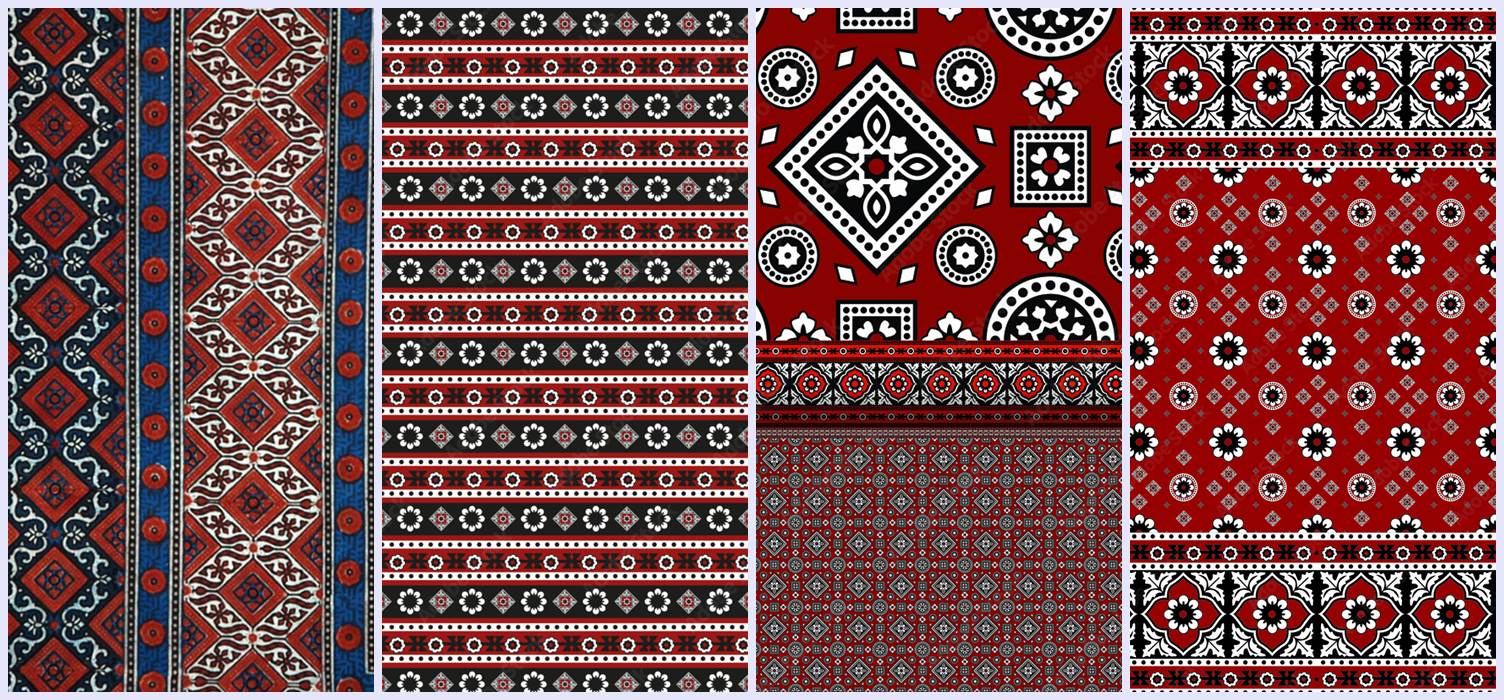
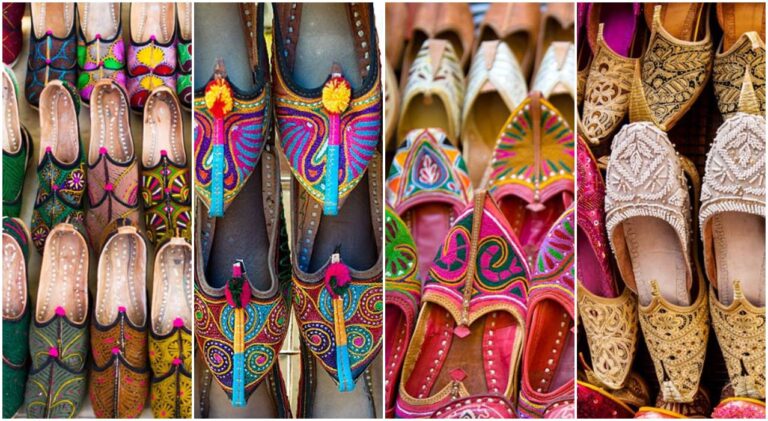




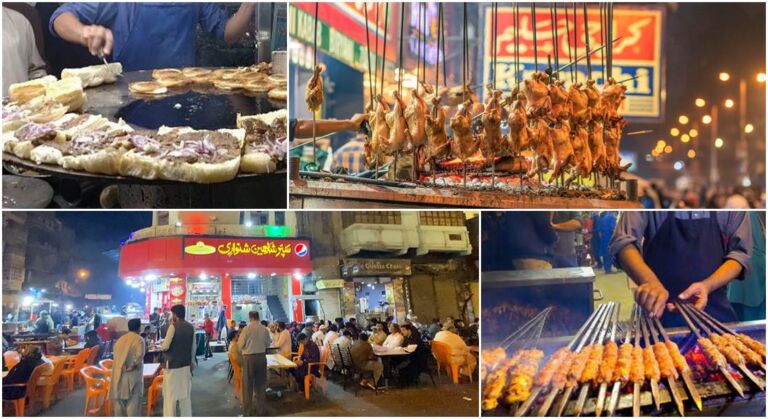


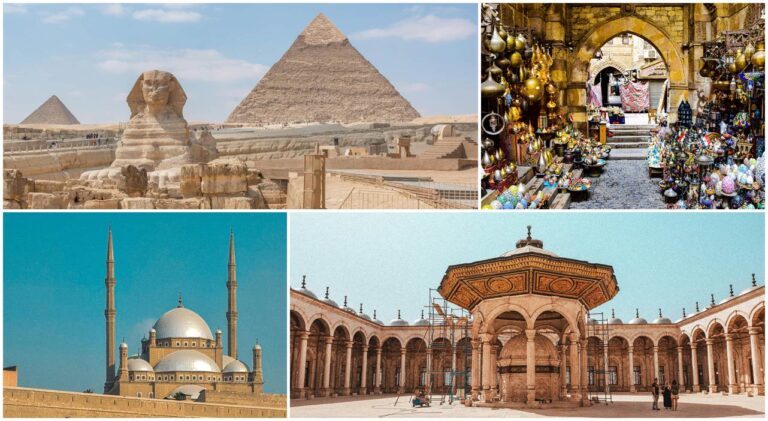

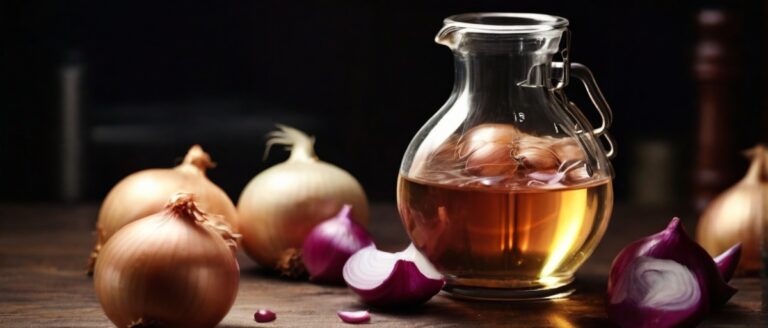
I’m a great fan of Ajraak, Such a colorful dress. The History of this beautiful Sindhi Ajrakh is more classic.